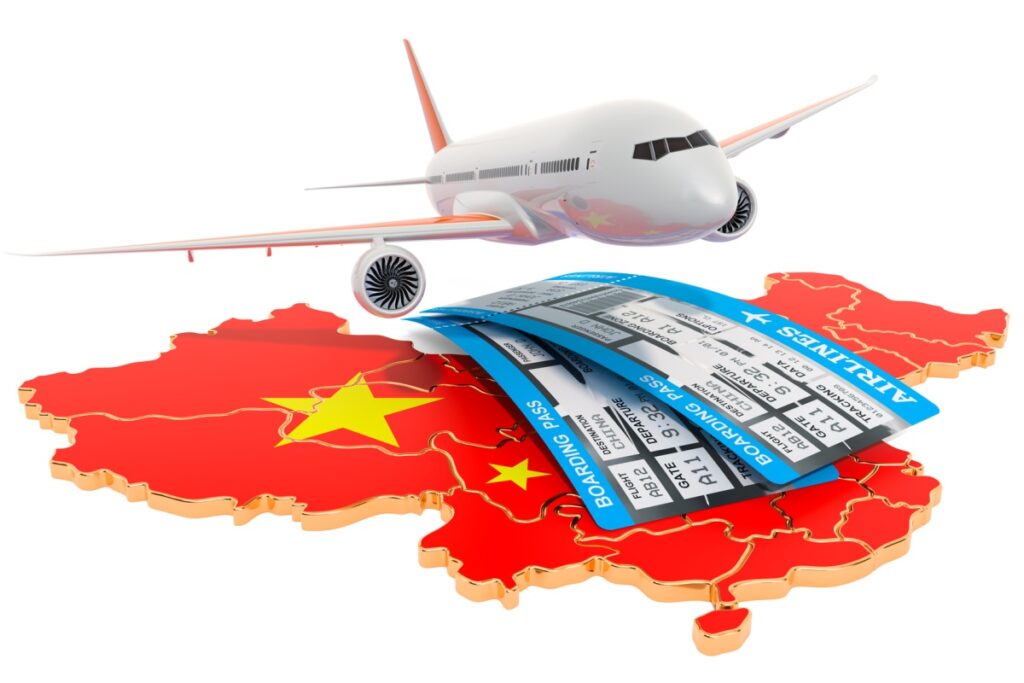Lower-tier Chinese consumers are driving demand for online marketplaces, allowing merchants to capitalise on this phenomenon, says new China’s lower-tier cities step up in consumption report by Invesco.
Understanding lower-tier Chinese consumers
The changing consumption dynamic in China is giving rise to consumers who shop on global marketplaces. Their preferences are high-quality goods but at a reasonable price. They often hunt for such goods on online marketplaces, which offer selection and value for money.
According to the research, lower tier-markets generally include tier-three cities to tier six, which are county-level urban centres and townships. China has four tier-one cities and 46 second-tier cities. Some 193 and 696 are third-tier and fourth-tier cities, respectively. These regions are homes to 934 million Chinese shoppers in 2017. That’s three fold the population of the US.
This means that the majority of the Chinese population are now living in lower-tier cities, where most of China’s newly increased urban population come from. This change is allowing the consumer sector to flourish in lower-tier cities.
Lower-tier consumers to drive China’s consumption economy
The report says that lower-tier Chinese consumers are poised to drive overall consumption growth in China. The graph shows that the consumption growth in lower-tier cities is outstripping those in tier-one cities.
The capital of Sichuan province, Chengdu, hosts a population of 16 million and its average retail sales growth reached 11.6% in the past five years, from 2013 to 2017. Whereas, the capital of China, Beijing has a population of 22 million, but retail sales growth only averaged 7.4% during the same period.
The consumption remains a reliable driver of growth for the world’s second-largest economy. The time is ripe for lower-tier cities to play a bigger role in driving consumption growth in China as demand intensifies for higher-quality, higher-priced goods available on marketplaces.











One Response
So what actual marketplaces can a UK based seller actually list on and sell to??? It’s all well good saying there are millions of Chinese buyers in tier/two, tier/ three four five Cities etc etc. But this means nothing if you can’t sell to them. Write an article about how as a UK based seller I can actually reach these people, or from what I have seen we are completely shut out of the Chinese market unless you have £100k to spend on a store front and you need to “partner” with a Chinese national. How about Tamebay actually campaigning to get UK sellers voices heard???